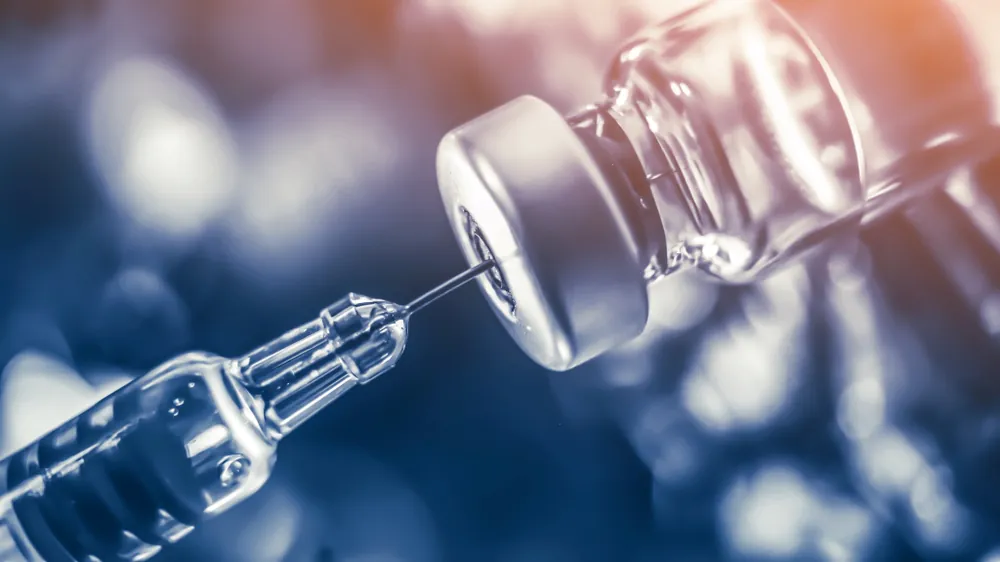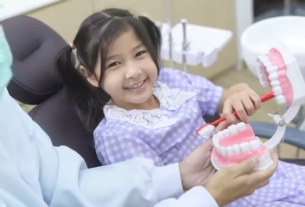Sterile injectable components are integral to the safe and effective delivery of medications, vaccines, and biologics. These components, including vials, syringes, needles, and pre-filled cartridges, must meet stringent safety and sterility standards to prevent contamination, infection, and ensure optimal therapeutic outcomes. One of the most critical steps in the manufacturing of these components is sterilization, which guarantees the elimination of harmful microorganisms that could compromise patient safety. In this article, we’ll explore various sterilization methods for injectable components, highlighting how they ensure both safety and efficacy.
The Importance of Sterility in Injectable Components
Sterility is paramount when it comes to injectable components because any contamination can lead to severe health risks, such as infections, tissue damage, or systemic reactions. These components serve as the interface between the medication and the body, making them particularly susceptible to microbial contamination. Sterilization, therefore, plays an essential role in eliminating bacteria, viruses, fungi, and other pathogens that could compromise the integrity of injectable products.
For injectable components, sterility is not just a regulatory requirement but also a matter of patient safety. Aseptic techniques and controlled sterilization processes ensure that medications, when injected into the body, will not introduce harmful pathogens, thus preventing complications and ensuring efficacy.
Common Sterilization Methods for Injectable Components
There are several methods used to sterilize injectable components, each designed to effectively kill or inactivate microorganisms without compromising the quality or safety of the product. Below, we discuss the most common sterilization techniques:
1. Steam Sterilization (Autoclaving)
Steam sterilization, commonly known as autoclaving, is one of the most widely used methods for sterilizing injectable components. This method involves subjecting components to high-pressure steam at temperatures typically ranging from 121°C to 134°C (250°F to 273°F) for a specific period of time (usually 15-30 minutes, depending on the size and material of the component).
- Advantages: Steam sterilization is effective at killing a wide range of microorganisms, including bacteria, viruses, and fungi. It is a cost-effective and reliable method for materials that are heat-stable and resistant to moisture.
- Limitations: Not all injectable components can withstand the high temperature and moisture of autoclaving, especially plastic-based components, which may deform or lose their structural integrity.
2. Gamma Irradiation
Gamma irradiation is another common method for sterilizing injectable components, especially those that are sensitive to heat and moisture. This process involves exposing components to high-energy gamma rays, typically from Cobalt-60 or Cesium-137 sources. The radiation penetrates the materials, disrupting the DNA of microorganisms, thus rendering them inactive.
- Advantages: Gamma irradiation is effective for sterilizing heat-sensitive materials, such as plastic syringes, pre-filled drug cartridges, and biological products. It is also highly effective at sterilizing large volumes of materials.
- Limitations: One potential drawback is the potential for radiation-induced degradation of the material over time. This can lead to changes in the mechanical properties of the component, such as reduced tensile strength or brittleness, especially with repeated exposure.
3. Ethylene Oxide (EO) Sterilization
Ethylene oxide (EO) sterilization is a widely used method for sterilizing heat- and moisture-sensitive injectable components. This method involves exposing the components to ethylene oxide gas in a sealed chamber under controlled temperature and humidity conditions. The gas penetrates the material and kills microorganisms by disrupting their cell structures.
- Advantages: EO sterilization is highly effective for sterilizing delicate materials, such as plastic syringes, vials, and biologic drug products, that would otherwise be damaged by heat or moisture.
- Limitations: The process is time-consuming and requires careful control of gas concentration and exposure time to avoid the risk of residual ethylene oxide contamination. Additionally, proper aeration is required to remove the residual gas before the component can be used.
4. Aseptic Filtration
Aseptic filtration is a method used primarily for liquid injectable products, such as solutions and biologics. This process involves passing the product through a sterile filter with a pore size small enough to remove microorganisms (typically 0.22 microns). The liquid is filtered in a sterile environment to prevent contamination.
- Advantages: Aseptic filtration is a non-thermal method, making it ideal for heat-sensitive drugs that might degrade or lose potency at high temperatures. It’s also a quick and effective method for ensuring sterility in injectable solutions.
- Limitations: This method is only suitable for liquid products and is ineffective in sterilizing large particulate matter or solid objects. Additionally, the effectiveness of aseptic filtration depends on the integrity of the filter and the overall cleanliness of the filtration system.
5. Dry Heat Sterilization
Dry heat sterilization is similar to steam sterilization but uses hot air instead of steam to sterilize components. It is often used for glass vials and ampoules because these materials can withstand the high temperatures involved. The components are heated to temperatures typically between 160°C and 180°C for a set period.
- Advantages: Dry heat sterilization is suitable for glass containers and other materials that can tolerate high temperatures. It also doesn’t involve moisture, reducing the risk of hydrolysis in heat-sensitive drugs.
- Limitations: Like autoclaving, dry heat sterilization can damage plastic components. Moreover, the process tends to take longer than steam sterilization.
Ensuring Efficacy and Safety
Each sterilization method is chosen based on the characteristics of the injectable components being sterilized, as well as the sensitivity of the drug formulation. Manufacturers must carefully select the appropriate method to ensure that the sterilization process does not compromise the efficacy of the drug, the integrity of the component, or the safety of the final product.
Moreover, all sterilization methods must be thoroughly validated to ensure they consistently meet the required standards for sterility. This includes routine monitoring for sterility, endotoxins, and residual solvents, as well as post-sterilization testing to confirm that the components maintain their physical properties and functionality.
Conclusion
Sterile injectable components play a crucial role in the delivery of safe and effective treatments. The sterilization methods used to ensure these components are free from harmful microorganisms must be carefully chosen to suit the materials being sterilized and the intended use of the product. From autoclaving and gamma irradiation to ethylene oxide and aseptic filtration, each sterilization method has its strengths and limitations. Ultimately, the goal is to strike a balance between achieving sterility, preserving efficacy, and maintaining safety to provide patients with reliable, high-quality injectable medications.




